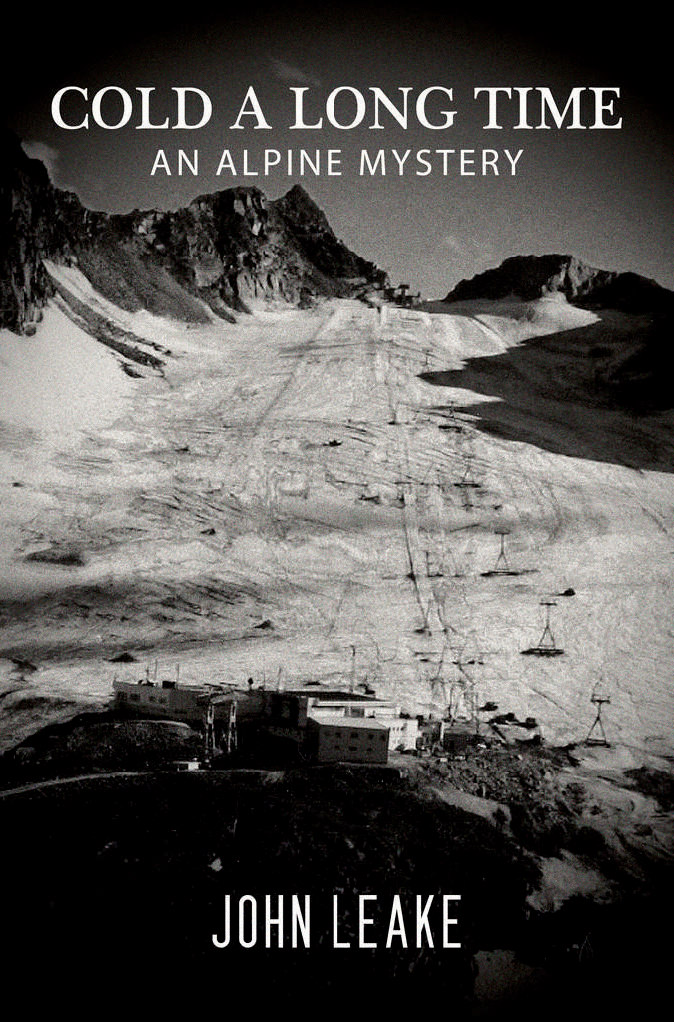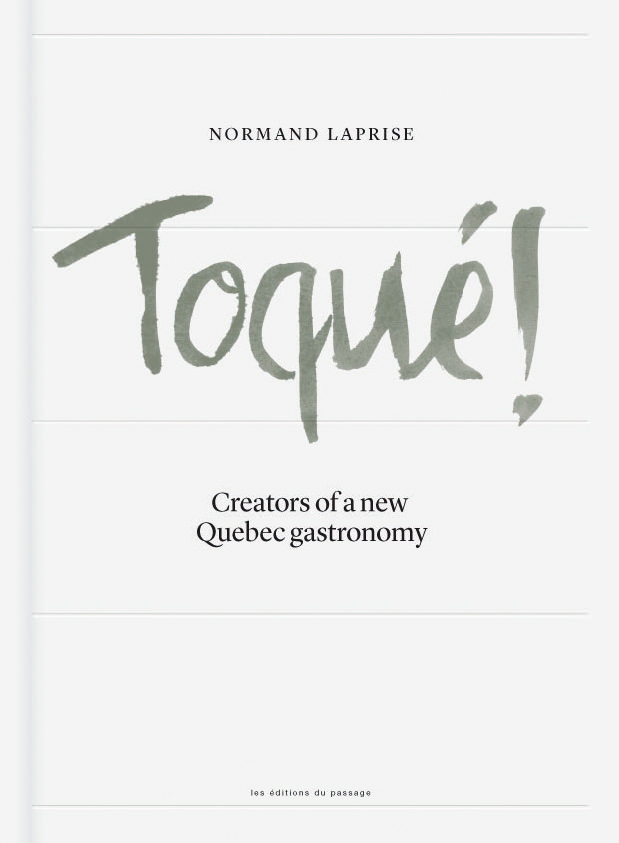What Books Are the Editors Reading This Month?
Something for everyone.

The Topeka School by Ben Lerner
This novel, Lerner’s third, is superb—and difficult. Difficult because it theorizes as it tells; academic characters and artists spell their worlds with dialectical thinking and psychotherapeutic reveries. But its difficulty is not only formal; The Topeka School takes a deep dive into the pained and perverted masculinity of the American prairies. Many of the adult characters in the book are doctors of the mind, thoughtful and critical. However, even they fall prey to and are perplexed by the creeping violence the book examines. The novel is not without hope, though. Relationships change and form throughout, as the family at the center of the plot look back at three generations, all oriented around a terrible event. Multiple characters speaking during different time periods allow for a cross-section of development, love, family, and fear— all crafted with the metaphorical flourish typical of a great novelist. Many people will relate strongly to this book (and many will not), but this novel should be required reading for young (white) men in North America.
Winterlust by Bernd Brunner
Winter technically doesn’t start until December 24th, but who can wait that long? We’re ready to burrow in the blankets and hibernate with a good book that emulates the atmosphere of the season. Enter Winterlust by Bernd Brunner, translated into English by Mary Catherine Lawler—a reference book on winter told in captivating prose. Originally published in Germany, the land that arguably does Christmas best, Winterlust is making its North American debut to warm our hearts with a tender history and exploration of the most wonderful time of the year. The beautiful, deeply-descriptive exposition of humanities connection to winter conjures enchanting images that are supported by historical illustrations and photographs. Both weave a transportive narrative through time and culture as the book explores what winter really looks like and means around the world. Chaptered thematically, Winterlust strikes a balance between fanciful and informative as it details how we combated cold in the 1800’s alongside winter rituals, folklore, and myth. The deceptively simple concept of snow is overthrown when Brunner asks the question, “what does snow mean in different cultures?” and furthermore, “what does winter mean when there is no snow?” Ultimately, Winterlust encourages readers to rethink the season they thought they knew.
_________
Never miss a story. Sign up for NUVO’s weekly newsletter here.




